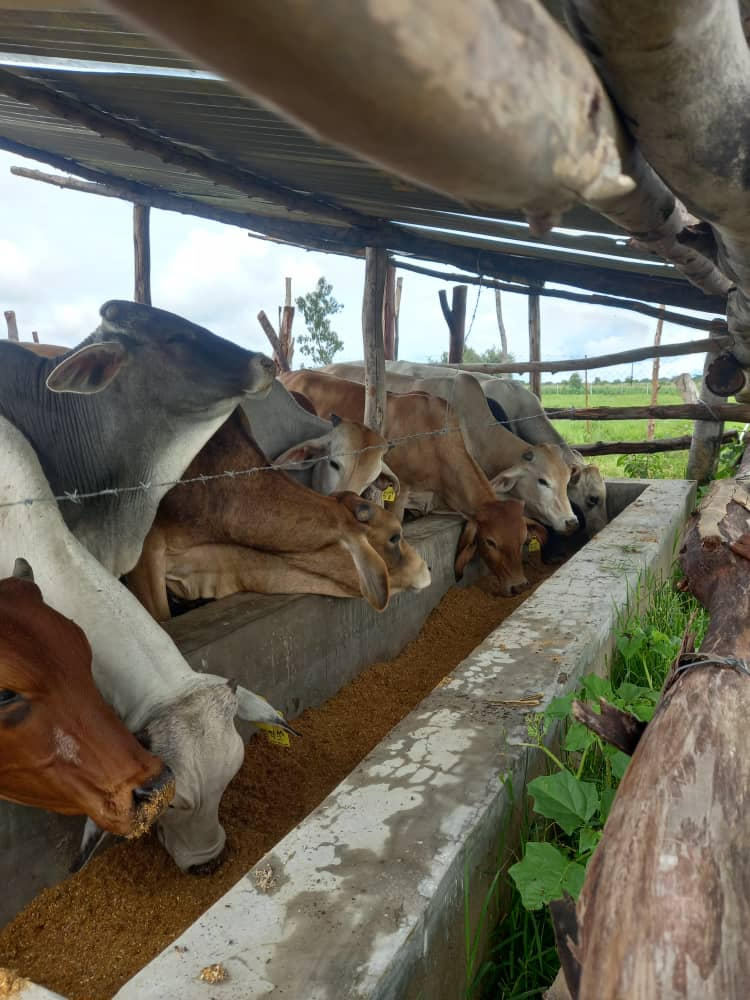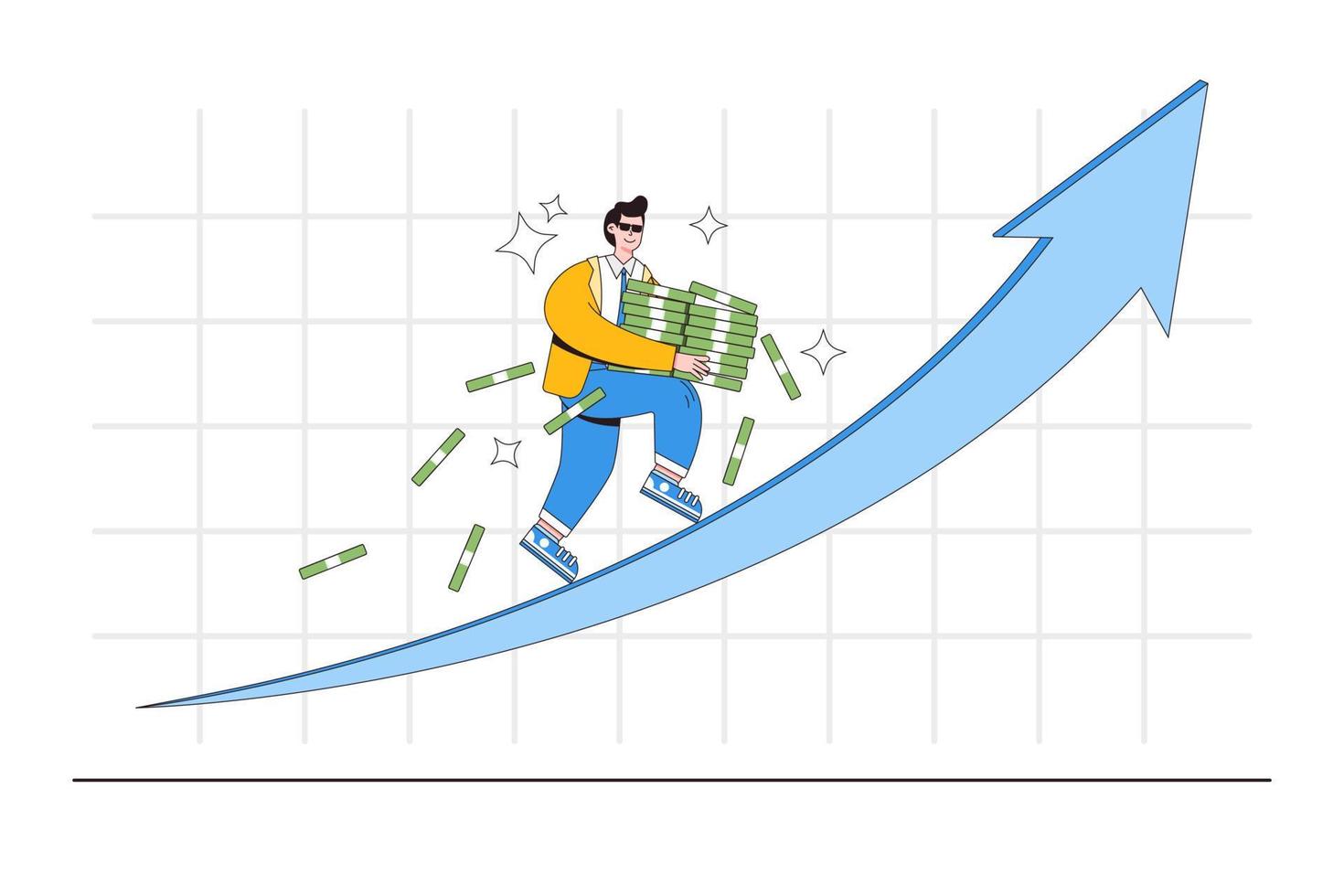One interesting venture that investors can consider as an alternative investment scheme is ranching. This is basically the practice of raising livestock or wildlife to provide meat, dairy and raw materials for fabrics. Ranching on a large scale, can also improve rangeland and plant biodiversity. In another light, some ranches offer tourist facilities. Cattle ranching, on the other hand refers to the rearing of cattle on a dedicated piece of land meant for their grazing, housing, and management. In most countries, cattle ranching has always been a popular practice given that cows symbolize wealth, culturally. There is however a strong case for the commercial cattle farming business given that is forms the backbone of the beef industry. There are several business models in cattle ranching. This article focuses on pen fattening.
Pen Fattening Project

Pen fattening involves the feeding of finishing beef cattle with a protein balanced, high energy diet for a period of 70 to 120 days, under confinement. The aim is to increase live weights, improve the degree of finish and achieve a higher grade at a young age. High energy diet consists of premix, hay, and cereals. The induction weight of feedlot cattle is approximately 250kg and the expected gain is around 140-180kg, over 3 months. Feedlot steers are sold to either abattoirs or at live auction sales and one will be chosen depending on which is paying the highest price at the time of project completion. The following factors are critical for the success for a pen fattening venture;
- Animal Selection and Breed Choice
- Since livestock farming requires a great deal of capital, the investment in good genetic material is crucial. Good-quality genetics are essential to improve the productive capabilities of cows and bulls, as well as the quality of weaners. Commercial cows are selected according to their size, age, condition, stage of production and market price, and must be largely evaluated on reproduction statistics.
- Nutrition
- The profitability of an animal is determined by feed conversion. Cattle require protein, energy, water, fat, minerals and vitamins. The amounts vary according to environment, the animal’s age, time of year, and production goals and stages. As a rule, a beef animal consumes up to 3kg of feed per day for each 100kg of body weight. This means that a weaned 300kg calf will eat 9kg of high-quality lucerne hay daily to reach an average weight of 450kg.
- Herd Health and Disease Prevention
- Maintaining herd health is a key element for successful beef production. Some diseases as well as internal and external parasites are often prevalent in specific areas. Animals should be vaccinated annually against notifiable and prevalent diseases, and all parasite control programmes should be applied according to regional requirements and in liaison with the veterinarian’s recommendations. Biosecurity is also key. There is need to be alert to the movement of people on the farm; this includes workers not residing on the farm. This is because diseases such as foot-and-mouth are transferred to farms through fomites (objects or materials likely to carry infection).
Overall, if well-managed, cattle ranching business ventures are profitable. Piggy maintains a strong view that cattle investments can help businesses, individuals and households create sustainable annuities and therefore can be used as bankable retirement planning vehicles.
Be part of the fastest growing network of trading and investing enthusiasts by joining a PiggyNetwork WhatsApp Group.
Contact Piggy on +263 78 358 4745



